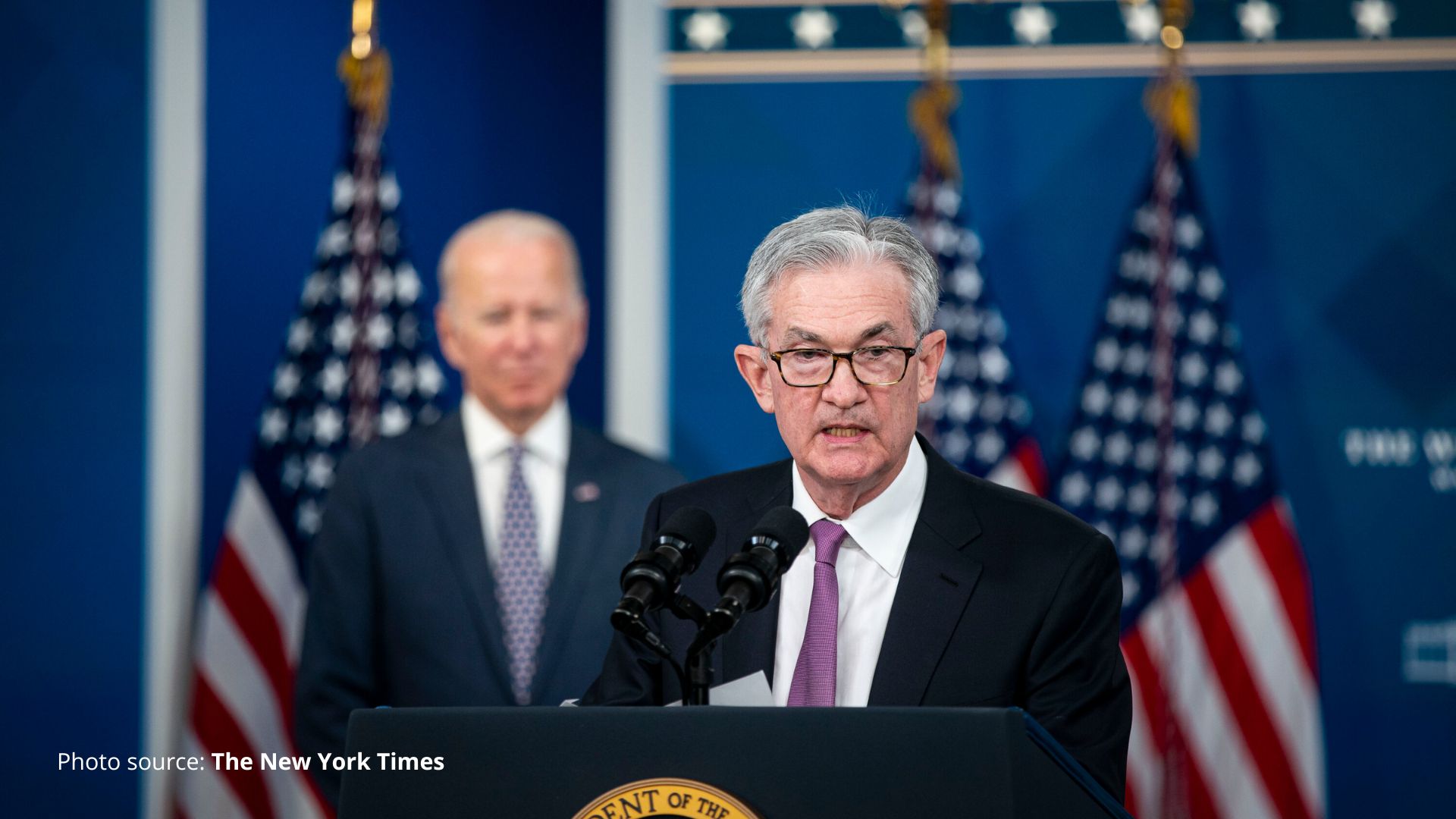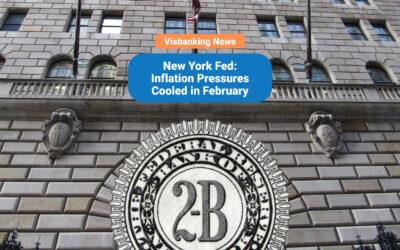By: Ken Chase.
Estimated reading time: 2 minutes
The U.S. Federal Reserve announced another 75-basis point increase in interest rates on Wednesday, in a move that had been widely anticipated by economists and market analysts. Despite those expectations, however, U.S. markets declined in frenzied trading after Fed Chairman Jerome Powell delivered remarks suggesting that further tightening of monetary policy might not slow as quickly as traders and analysts had hoped.
In a policy statement outlining the Fed’s plans to address inflation and future rate hikes, the central bank had suggested that it would consider the cumulative impact of its previous rate hikes. Many observers interpreted that language as a signal that the fourth and most recent consecutive 75-basis point rate hike might be the last large increase in interest rates. That prompted an initial surge in stock prices that quickly reversed course as Powell addressed reporters during his Wednesday press conference.
During his remarks to reporters, Powell noted that previous rate increases had yet to tame rampant inflation. According to the Fed Chair, “We still have some ways to go and incoming data since our last meeting suggests that the ultimate level of interest rates will be higher than previously expected.”
Powell’s suggestion that the so-called “terminal rate” at which the Fed ends its rate hikes would be higher than previously estimated also caused him to downplay the chances of achieving a “soft landing” for the economy. While he still held out hope that the Fed’s approach could help the economy avoid a harsh contraction, he admitted that the path to avoiding a severe recession will be narrower as interest rates continue to increase.




